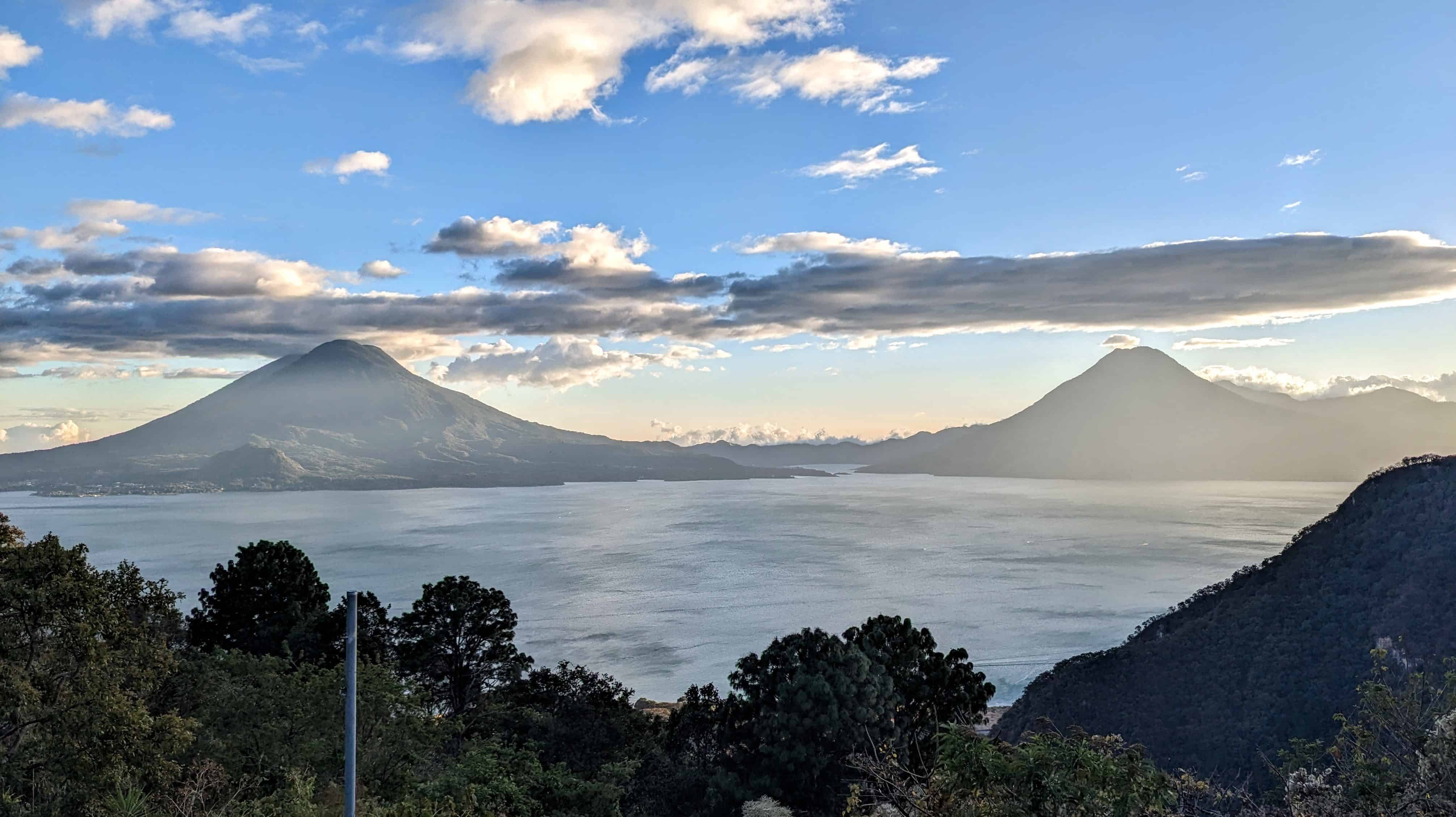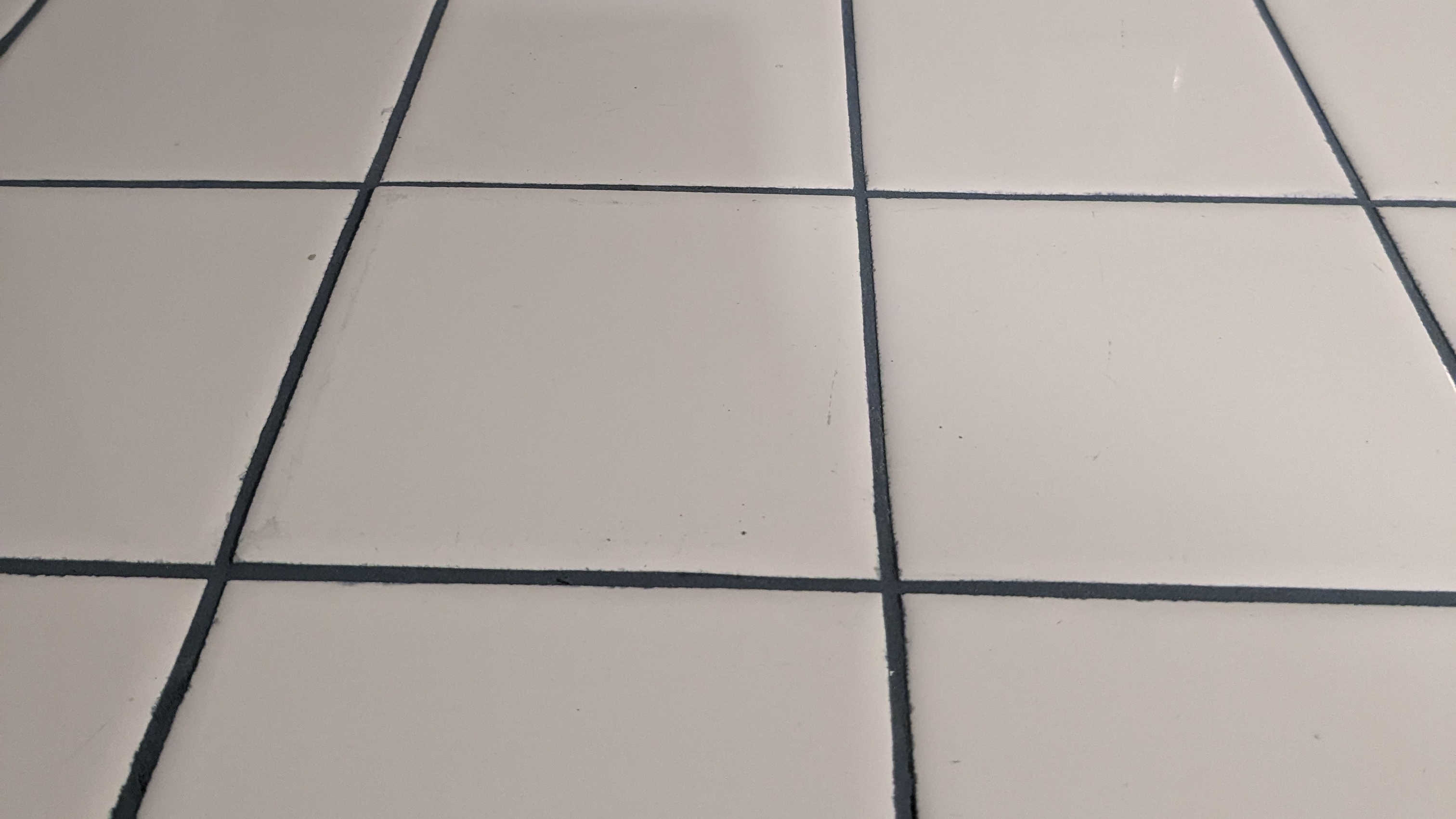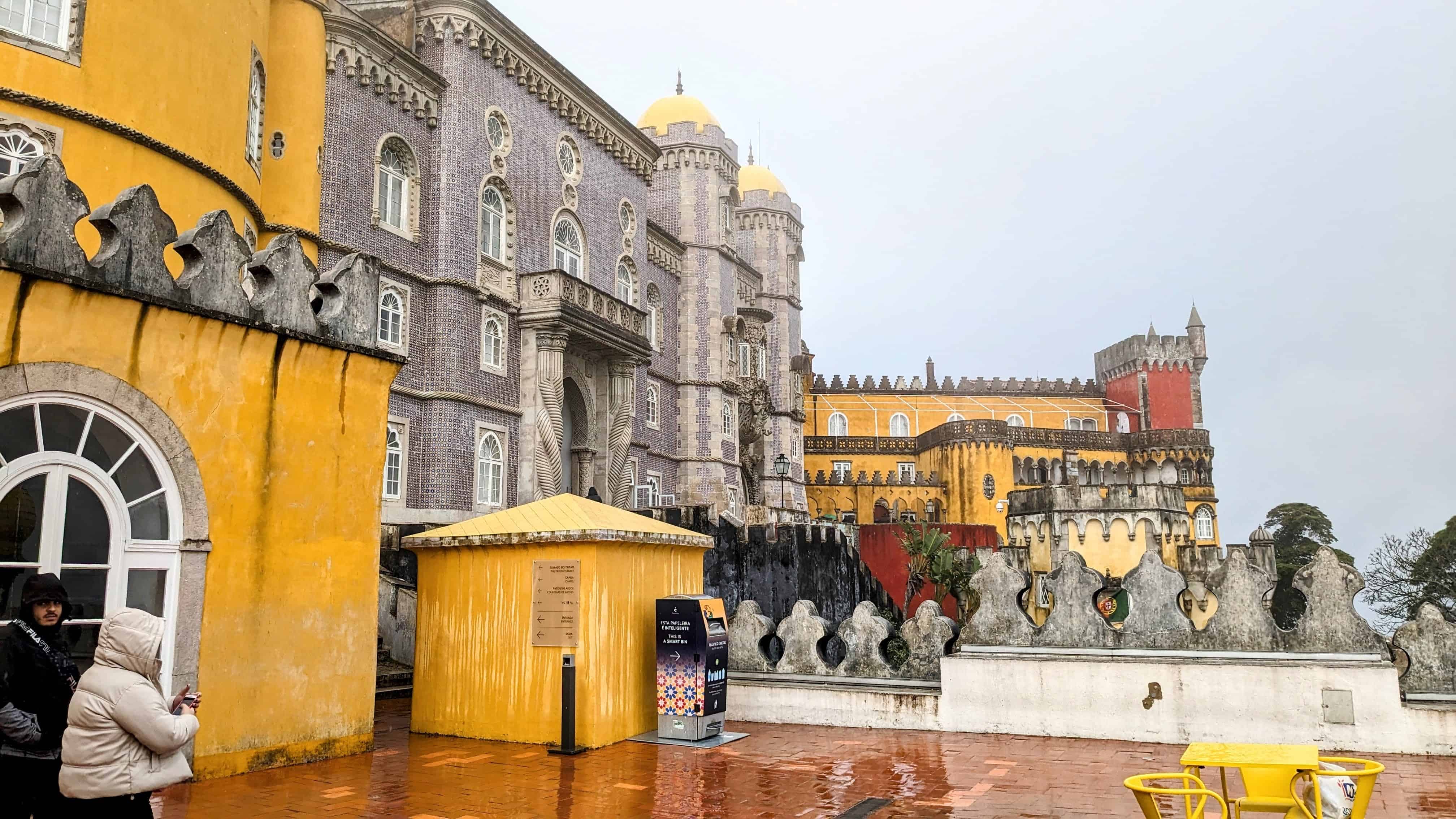On our recent trip to Guatemala we spent 3 full days on Lake Atitlan and I feel that was enough time to get a good sense of it, but you certainly wouldn’t be unhappy spending a week or more there.
Read on to learn about Lake Atitlan, getting there, getting around, where to stay, and what to expect in each of the villages.
This post contains affiliate links and I may earn a small commission when you make a purchase using the links at no additional cost to you.
What is Lake Atitlan
Lake Atitlan is a blue lake formed in a volcanic caldera in Guatemala. The volcanoes Atitlán, Tolimán, and San Pedro on the shores of the lake, form an impressively dramatic landscape.

Several towns, each with their own personality, sit around the lake. Some of the towns are linked by road, but the fastest and easiest way to get around is by lancha (motorboat ferry).
The Maya culture is very much alive and well in this area, so you’ll hear people speaking in their Mayan languages (there are at least 3 distinct Mayan languages used in the different villages around the lake), and dressed in traditional Maya clothing that also varies from village to village.

Visiting Lake Atitlan feels like traveling to another planet using a time machine.
Getting to Lake Atitlan
Panajachel is the gateway town for the lake and it is easily accessed by bus from Guatemala City (including the airport) or Antigua. You can book a shuttle bus through any travel agency or ask your accommodation to book one for you. Expect to pay ~ $20-$35 USD for a 2.5 – 3.5 hour ride. If you miss the last shuttle of the day or simply don’t feel like waiting for one, a taxi from Guatemala City Airport was a very comfortable way to travel for $100 USD. On the other hand, if you can figure out the chicken bus system, you should be able to get there for under $10 USD.
Pro tip: If you take any sort of bus or shuttle, sit as close to the front as possible to reduce motion sickness on the crazy mountain roads. Trust me.
Getting Around Lake Atitlan
Once you’ve made it to Panajachel, your main forms of transportation will be walking or tuktuks within the villages, and lancha (motorboat taxis) between the villages. Some of the villages are connected by road so tuktuks and pickup trucks can also be used to get between some of the villages.
In Panajachel, there is a dock at the end of Calle Rancho Grande where you can catch a lancha to Santiago.
There is another dock at the end of Calle Embarcadero where you can catch a lancha to Santa Cruz – Jaibalito – San Marcos – San Pedro. It takes about 15 minutes to get to Santa Cruz and 45 minutes to San Pedro if you don’t go direct. The lancha also stops at other villages and private docks along the way.
The public lanchas run approximately every 30 minutes between 7am and 5pm. As you get close to the dock, several people will approach you and ask where you’re going, likely hoping to sell you a private tour. However, if you tell them you want a public boat to whatever destination you want, they will point you in the right direction. Double check with the driver before getting on. Ask people around you how much you should pay, but it’s generally around 10 quetzales for shorter trips and up to 30 for longer ones. You pay the driver when you get off.
Pro tip: Seat as close to the back of the lancha as possible for the smoothest ride.
To get to Santa Caterina or San Antonio, you can hire a private lancha from the dock at the end of Calle Embarcadero, or ride in a tuktuk or pickup truck. Ask around for where to catch a pickup and ask for the price – it should be around 10 quetzales.
Pro tip: Negotiate the price with your tuktuk driver before getting in.
Where to Stay on Lake Atitlan
If you’re visiting for a longer period of time, you could try staying in a few different villages, otherwise I’d suggest choosing your accommodation based on which village sounds most appealing to you. You can then travel around between the villages easily enough.
We chose to stay in Panajachel because of how well connected it is and its plethora of facilities. We stayed at the Dreamboat Hostel which was a really fun, social hostel with quiet time starting at 10pm, meaning that anyone that was still feeling social at that absurdly late hour was escorted out to explore the local nightlife.
I’ve also heard good things about the Selina hostel in Panajachel, which offers a communal kitchen, pool, and coworking facilities.
Free Cerveza is a popular party hostel in Santa Cruz.
Finally, I was told by several people to spend at least one night at La Casa del Mundo near Jailbalito and based on the meal I had there, I can say I’m sad we didn’t spend the night.
Beyond that, read on about the different villages and then find a hotel based on what appeals most to you.
About the Villages
I’m only discussing 8 of the villages here, but technically there are 12 villages that call Lake Atitlan their home.
Panajachel
Panajachel (or Pana for short) is the largest town on the lake offering plenty of options for accommodations, restaurants, bars, travel agencies, banks. It’s well connected to the rest of the villages on the lake as well as the rest of Guatemala.

Santa Cruz La Laguna and Jaibalito
Taking a lancha west from Panajachel, you’ll first encounter Santa Cruz La Laguna and Jaibalito. We did not visit either of these, but they’re known to be the lake’s most idyllic, untouched villages. They’re the destinations for solitude, tranquility, and serenity.
La Casa del Mundo is a hotel and restaurant near Jailbalito, but with it’s own separate dock. I was told by several people to make a point of staying here at least one night and while I wasn’t able to do that, I can say it’s definitely worth the effort to visit their restaurant. Enjoy amazing views of the lake and surrounding volcanos while eating a breakfast burrito and fresh fruit juice. Or coffee. Or a cocktail.
Santa Cruz is also home to Café Sabor Cruceño, which offers a restaurant with breathtaking views of Lake Atitlan, as well as cooking classes, with all proceeds supporting the local community.
Finally, Santa Cruz is home to a scuba diving school.
San Marcos
San Marcos has a very chill, woo woo vibe with lots of cafes, vegetarian restaurants, yoga classes, massage, spiritual healers, meditation retreats, etc. mostly clustered around one narrow street leading up from the dock.
San Marcos is also home to Cerro Tzankujil Nature Reserve which is home to “the trampoline”, where you can pay 20Q to jump off a platform and fall 40 feet into Lake Atitlan. Or just watch others do it as your lancha passes by.

San Pedro La Laguna
In San Pedro La Laguna, almost all of the touristy businesses are built along the water so there are beautiful views everywhere you look. It has narrow streets and very little traffic. Look for fun street art and instagram opportunities. This is a popular backpacker location so expect cheap accommodations and plenty of bars. If you venture further up the hill, you’ll find more traditional Maya culture and an industry built around coffee plantations.

Go here for guided hikes up Volcán San Pedro, the popular Indian Nose hike for unparalleled views over the lake, dance classes, language classes, and Maya culture classes.
Santiago Atitlán
Across the lake from Panajachel is Santiago Atitlán, a village with a strong Maya identity. Most women wear purple striped skirts and tops embroidered with brightly coloured flowers and birds. Some of the older men wear lavender or maroon striped embroidered pants. Boat-building is the main local industry as evidenced by the canoes lined up along the shore.
We did not get the chance to visit this town, but apparently the main sight is the Maya spirit Maximón, who moves house yearly, so you have to ask a guide to take you to him. He apparently likes gifts of rum, cigarettes, and cash.
Santa Caterina Polopo and San Antonio Polopo

Traveling by lancha or road east from Panajachel, you’ll first encounter Santa Caterina Polopo and then San Antonio Polopo. These are smaller, less touristy villages where you’ll have the opportunity to see even men dressed in traditional Maya clothing. They’re also great places to see local craftspeople at work and purchase some great souvenirs such as pottery, woven textiles and clothing, and chocolate.

Where Else to Go in Guatemala
Here are 24 other Guatemala travel experiences.
Wondering about my use of “Maya” versus “Mayan”? Read this. Basically “Mayan” is used to describe the languages; “Maya” is used for every other noun or adjective, both singular and plural.





Leave a Reply